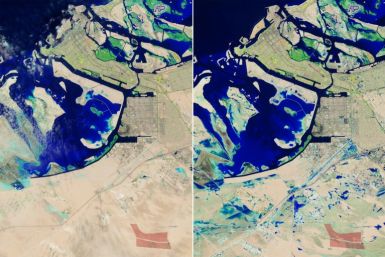COP21: Independent analysis of INDCs foresees global temperature hike of 2.7 degrees Celsius
Report identifies NZ & Australia climate efforts inadequate
An in depth analysis of 32 intended nationally determined contributions (INDCs) of climate action found that 15 INDCs were inadequate, 11 are medium and only five are sufficient. The independent analysis by The Climate Action Tracker (CAT) analysis covered 59 nations that accounted for 81 percent of global emissions in 2010.
If all INDCs are fully implemented, the CAT reckons that median global warming would be around 2.7 degrees Celsius by 2100, indicating there is still a chance of holding warming below 3 degrees, says the CAT. The full range is from 2.2 to 3.4 degrees, which means it is lower compared to the 3.6 degrees forecast if the current policies continue. However, it is higher compared to the 1.5 or 2 degrees under discussion in the ongoing 2015 Climate Conference in Paris (COP21).
Included in the list of nations with inadequate INDCs are Australia and New Zealand, which led the New Zealand Youth Delegation (NZYD) to express disappointment with their government’s “inadequate efforts.” Rather than follow the example of Canberra that agreed to support the 1.5 target, Wellington is “spending more effort trying to pull the wool and cheat the system than in actually reducing emissions,” charges NZYD spokesperson Natalie Jones.
“New Zealand is neither a climate leader or, as the Prime Minister [John Key] sometimes claims, a fast follower,” adds Jones. She points out that the country’s target of 11 percent emissions reductions by 2030 on a 1990 baseline is insufficient.
Besides the two Oceania nations, the 13 other countries on the inadequate list are Argentina, Canada, Chile, Indonesia, Japan, Russia, Saudi Arabia, Singapore, South Africa, South Korea, Turkey, United Arab Emirates and Ukraine. The INDCs are considered not a fair contribution to limiting global warming to 2 degrees from almost any perspective.
The US, together with Brazil, China, European Union, India, Kazakhstan, Mexico, Norway, Peru, the Philippines and Switzerland, which cover 62 percent of global emissions, have INDCs considered medium. While these nations have their fair-share contributions, these countries still have to heavily rely on others to pursue more ambitious climate targets to keep global warming at 2 degrees.
Finally, the nations with INDCs in line with the 2-degree target are Bhutan, Costa Rica, Ethiopia, Gambia and Morocco, says the CAT. No INDCs fall within the role model category.
The CAT, made up of the Potsdam Institute for Climate Impact Research, Climate Analytics, NewClimate Institute and Ecofys, says that is all announced and pre-permitted coal-fired power plants would be cancelled, the policy gap between current projections and INDCs would be reduced by 1.9 to 2.3 degrees in 2030. To raise effort, the group recommended that the Paris Agreement include a long-term warming limit and regular reviews of actions that lead to getting on track for the long-term limit.
Contact the writer at feedback@ibtimes.com.au or tell us what you think below






